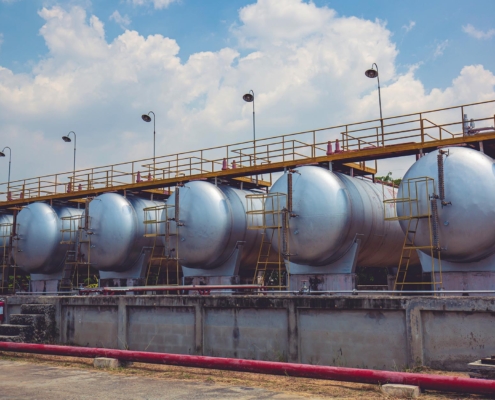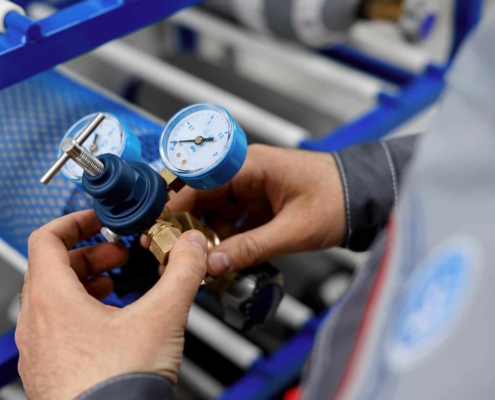 https://cksupply.com/wp-content/uploads/2023/11/Side-view-of-multiple-gas-cylinders.jpg
1250
2000
Abstrakt Marketing
/wp-content/uploads/2023/04/CK-Supply-White-Logo.svg
Abstrakt Marketing2023-11-22 09:00:002024-01-23 10:58:41What is Considered Bulk Gas?
https://cksupply.com/wp-content/uploads/2023/11/Side-view-of-multiple-gas-cylinders.jpg
1250
2000
Abstrakt Marketing
/wp-content/uploads/2023/04/CK-Supply-White-Logo.svg
Abstrakt Marketing2023-11-22 09:00:002024-01-23 10:58:41What is Considered Bulk Gas?As Missouri’s largest independent welding supply company, we have been offering of a wide array of gas and gas equipment to the St. Louis area for a long time. This tradition is one our employees are very proud of, as gases are in some way involved with almost everything we interact with daily. We often have customers ask where do your gases come from? While coal obviously comes from coal mines and bananas come from banana trees, gases aren’t grown or harvested. Here is a summary of the major types of industrial gas:
- Acetylene (C2H2) – Had been commonly manufactured through a chemical reaction of water and calcium carbide, but now it is mostly a byproduct of chemical processes. Acetylene is highly combustible and must be handled and stored with care.
- Argon (Ar) – Argon is the most abundant of the truly rare gasses. It occurs naturally and comprises 1% of our planet’s atmosphere. For industrial purposes, argon gas is produced from liquid air as a byproduct of nitrogen and oxygen production.
- Carbon Dioxide (CO2) – This substance is produced as a byproduct of many industrial processes. Carbon dioxide that is sold as a commercial product is recovered and purified from industrial plants, typically as a byproduct of large-scale chemical production or biological processes. This helps prevent large amounts of carbon dioxide from entering the atmosphere.
- Helium (He) – Helium can be found naturally, but for industrial and commercial purposes, it is produced as a byproduct of natural gas processing. Natural gas contains methane and other hydrocarbons, and when helium is recovered using this method, it has to undergo further refining to be pure enough for commercial use. Unfortunately, this process is neither efficient nor economical. Helium suppliers are looking at recycling efforts to make sure supply keeps up with demand.
- Hydrogen (H) – This substance is the most abundant in the universe, and on this planet it is used in many industrial processes. It is a raw material to produce ammonia and fertilizer and as an inert gas for welding purposes. Hydrogen needs to be produced from wood, natural gas, or from fossil fuels. While these are traditional methods, producers are experimenting with methods that make production as clean as possible.
- Nitrogen (N) – One of the primary nutrients critical for the survival of all living organisms, Nitrogen is an abundant and important element on our planet. It has many industrial and commercial uses including light bulbs, packaged foods, pharmaceuticals, fertilizers, reactive compounds, electronic parts, and manufacturing stainless steel.
- Oxygen (O2) – A fifth of our atmosphere and one of the essential substances to supporting life, oxygen is a common gas used in many specialties, medical and industrial processes. Plants produce it through photosynthesis, but for industrial applications, oxygen is separated from air much like nitrogen and argon. After separation, the oxygen needs to be graded and purified depending on its intended use.
- Propane (C3H8) – Propane is a hydrocarbon created by the decomposition of organic matter over long periods of time. It has numerous commercial and industrial uses. Since it is found with other natural gases, it is extracted from the earth and isolated from a mixture of other petrochemicals such as methane, butane, isobutene, pentane, and others.
Rely on CK Supply for all your industrial and commercial gas needs
We supply all of the above gases for many commercial and industrial uses. If you need any of them in any quantity, call us today and one of our customer sales specialists will discuss your needs and how CK can meet them.
"*" indicates required fields




